
Many people assume that in the NFL the rate of injuries increases as the game progresses due to player fatigue. This makes intuitive sense. However, to our knowledge nobody has looked before at whether the data supports this. So we did.
Specifically, we examined whether there’s a notable increase in injuries as the game advances. We also sought to investigate whether these patterns varied by play type (run vs. pass).
For our analysis we used the nflfastR package. Using the package’s data-scraping abilities we were able to collect play-by-play data from the 2017-2022 regular and postseasons, excluding the 2020 COVID season due to the potential for different injury patterns. This data included text descriptions of each play as well as the time on the clock at each snap. We searched the text description of plays to find ones that contained the text [“injur”]. For example:
“(8:57) 31-Da.Johnson left tackle to ARI 42 for 6 yards (24-N.Lawson, 97-A.Spence). ARI-74-D.Humphries was injured during the play. He is Out.”
This process captures substantial injuries that interrupted the game by forcing an injury timeout but likely missed other injuries where the player could hustle off the field.
We eliminated all non-plays (timeouts, dead-ball penalties, and QB kneeldowns) to get a proper denominator of plays in which an injury might have occurred. We then summed up the total number of injuries that occurred in each minute of the game.
Crude Injuries Per Minute

We begin with a look at the overall injury counts by minute throughout all games. The overall trend shows that injuries increase over the course of a game, with a spike before halftime and a decline at the end of the game.
At first glance it seems easy to conclude that football players are far more likely to be injured right before the half. But while more injuries occur right before the half, so do plays. Regardless of where we are in the game, we would see more injuries when more plays are run because that provides for more opportunities for players to be hurt. That’s not interesting. So we need to account for that.
Adjusting for Number of Plays Per Minute
More plays get run in the last couple minutes before the half than at any other time period. In most cases, whichever team has possession will run plays quickly and/or use plays that are more likely to stop the clock to score points before the clock expires. At the end of the game we do not see this same pattern repeated as the team in the lead is usually trying to run plays slowly to chew up the clock.
To account for this, we looked at the injury rate per 100 plays in each minute.

The plot continues to show an increasing injury rate over the course of the game. However, the spike before halftime is gone, indicating it was driven simply by more plays during that period.
There is still a noticeable decline in injuries in the last five minutes of game time. Some possible explanations could be changes in team play choices or a change in player behavior (for example teams far in the lead or far behind operating at less than max effort, or injured players hustling off the field to avoid the need to take a time out).
Thus, it seems the intuitive assumption that most NFL viewers had may be correct – the rate of injuries does increase over the course of an NFL game.
Run vs. Pass Plays
Next, we looked at whether the trends in injury rates vary by play type. The following plot shows the injury rates for pass and run plays throughout a game.

Limitations
Our analysis has several limitations. We are only capturing injuries that are listed in the play-by-play data because they usually cause a stoppage in play. In particular, we are missing any injuries that are either uncovered later or are immediately apparent, but the player is able to leave the field without requiring an injury timeout. These injuries are likely more minor on average than the ones we included.
We also did not have any data on injury types so we could not investigate whether, for example, the patterns differ for soft tissue versus traumatic contact injuries. We could try to link this play-by-play data to later injury reports to examine this.
Conclusions
Injury rates do seem to increase over the course of an NFL game, backing up our intuitive assumptions about player fatigue.
Uncovering these patterns is significant not only for enhancing player safety and game strategies but also for informing training and preventive measures. This research provides valuable insights for football operations staff and others into the dynamics of player fatigue, game intensity, and injuries, contributing to a deeper understanding of the sport’s impact on athlete health.
Future analyses could include looking at whether these patterns vary by team (do some teams have higher injury rates at certain parts of the game? If so, why? Does it vary by player age?); whether they differ for contact/traumatic versus non-contact/soft tissue injuries; and whether the drop at the end of the game varies by score differential to investigate whether this is driven by changes in player effort.
About the Authors
Riyaa Randhawa is a Computer Science and Business student at Emory University.
Alix Morales is an Applied Mathematics and Statistics (AMS) student at Emory University.
Dr. Zach Binney is a sports injury epidemiologist and Assistant Professor of Quantitative Theory and Methods at Oxford College of Emory University.





























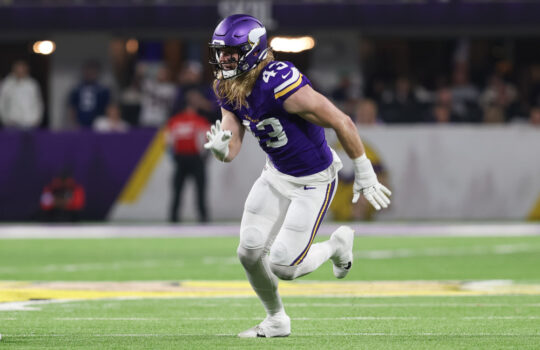



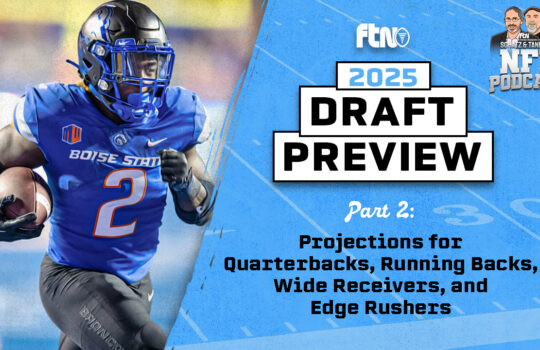

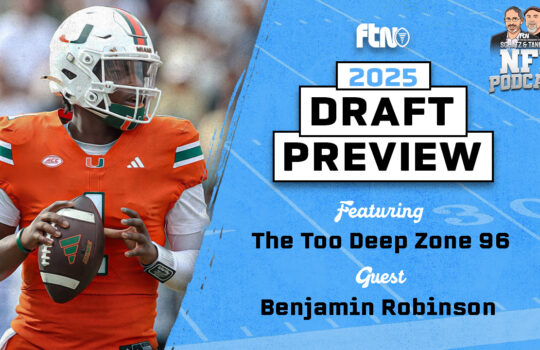





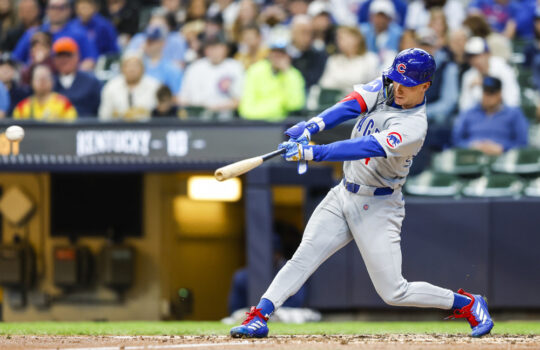








 New York Jets
New York Jets  New England Patriots
New England Patriots  Miami Dolphins
Miami Dolphins  Buffalo Bills
Buffalo Bills  Pittsburgh Steelers
Pittsburgh Steelers  Cleveland Browns
Cleveland Browns  Cincinnati Bengals
Cincinnati Bengals  Baltimore Ravens
Baltimore Ravens  Tennessee Titans
Tennessee Titans  Jacksonville Jaguars
Jacksonville Jaguars  Indianapolis Colts
Indianapolis Colts  Houston Texans
Houston Texans  Las Vegas Raiders
Las Vegas Raiders  Los Angeles Chargers
Los Angeles Chargers  Kansas City Chiefs
Kansas City Chiefs  Denver Broncos
Denver Broncos  Washington Commanders
Washington Commanders  Philadelphia Eagles
Philadelphia Eagles  New York Giants
New York Giants  Dallas Cowboys
Dallas Cowboys  Minnesota Vikings
Minnesota Vikings  Green Bay Packers
Green Bay Packers  Detroit Lions
Detroit Lions  Chicago Bears
Chicago Bears  Tampa Bay Buccaneers
Tampa Bay Buccaneers  New Orleans Saints
New Orleans Saints  Carolina Panthers
Carolina Panthers  Atlanta Falcons
Atlanta Falcons  San Francisco 49ers
San Francisco 49ers  Seattle Seahawks
Seattle Seahawks  Los Angeles Rams
Los Angeles Rams  Arizona Cardinals
Arizona Cardinals 

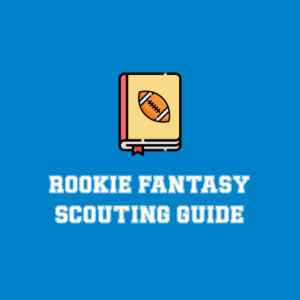






 Boston Celtics
Boston Celtics  Brooklyn Nets
Brooklyn Nets  Philadelphia 76ers
Philadelphia 76ers  New York Knicks
New York Knicks  Toronto Raptors
Toronto Raptors  Chicago Bulls
Chicago Bulls  Detroit Pistons
Detroit Pistons  Milwaukee Bucks
Milwaukee Bucks  Cleveland Cavaliers
Cleveland Cavaliers  Indiana Pacers
Indiana Pacers  Orlando Magic
Orlando Magic  Atlanta Hawks
Atlanta Hawks  Charlotte Hornets
Charlotte Hornets  Miami Heat
Miami Heat  Washington Wizards
Washington Wizards  Denver Nuggets
Denver Nuggets  Minnesota Timberwolves
Minnesota Timberwolves  Oklahoma City Thunder
Oklahoma City Thunder  Portland Trail Blazers
Portland Trail Blazers  Utah Jazz
Utah Jazz  LA Clippers
LA Clippers  Golden State Warriors
Golden State Warriors  Los Angeles Lakers
Los Angeles Lakers  Phoenix Suns
Phoenix Suns  Sacramento Kings
Sacramento Kings  Dallas Mavericks
Dallas Mavericks  Houston Rockets
Houston Rockets  Memphis Grizzlies
Memphis Grizzlies  New Orleans Pelicans
New Orleans Pelicans  San Antonio Spurs
San Antonio Spurs 










